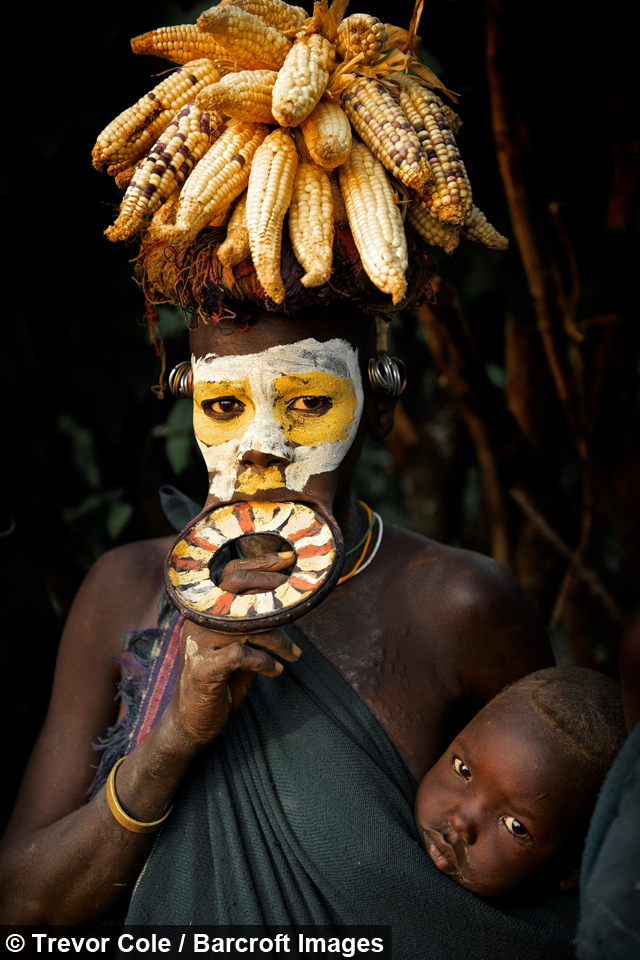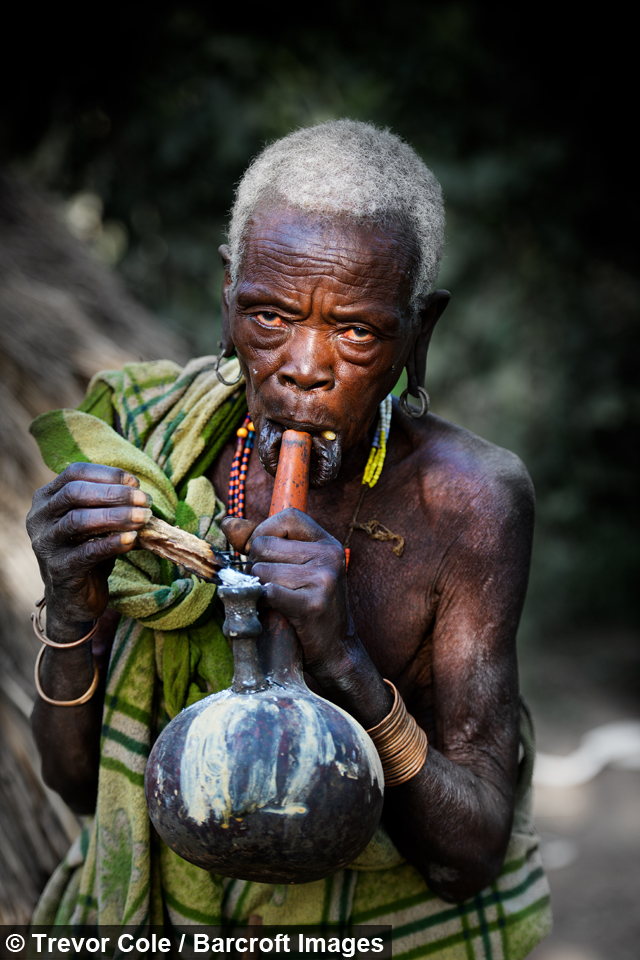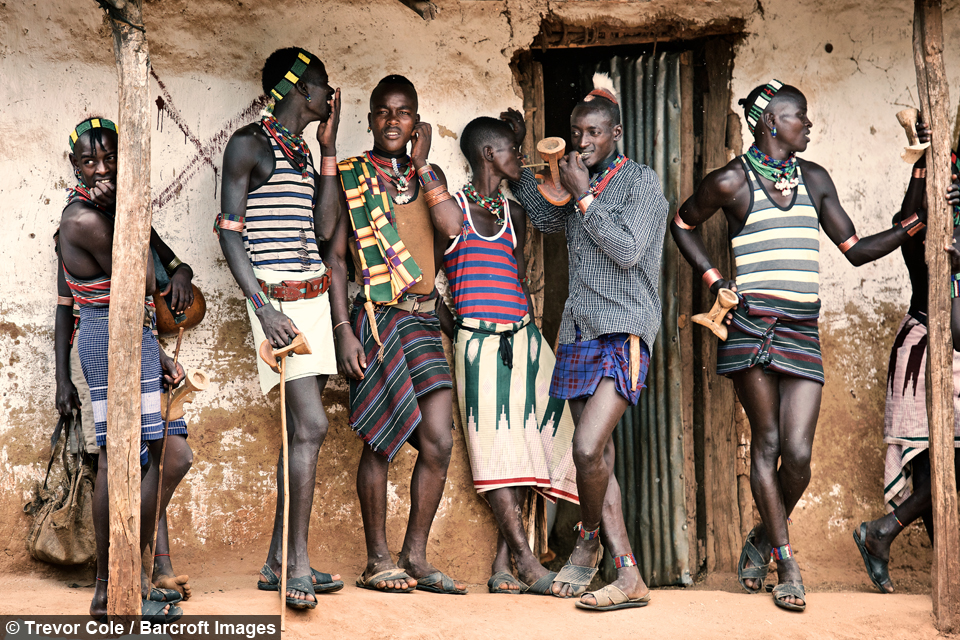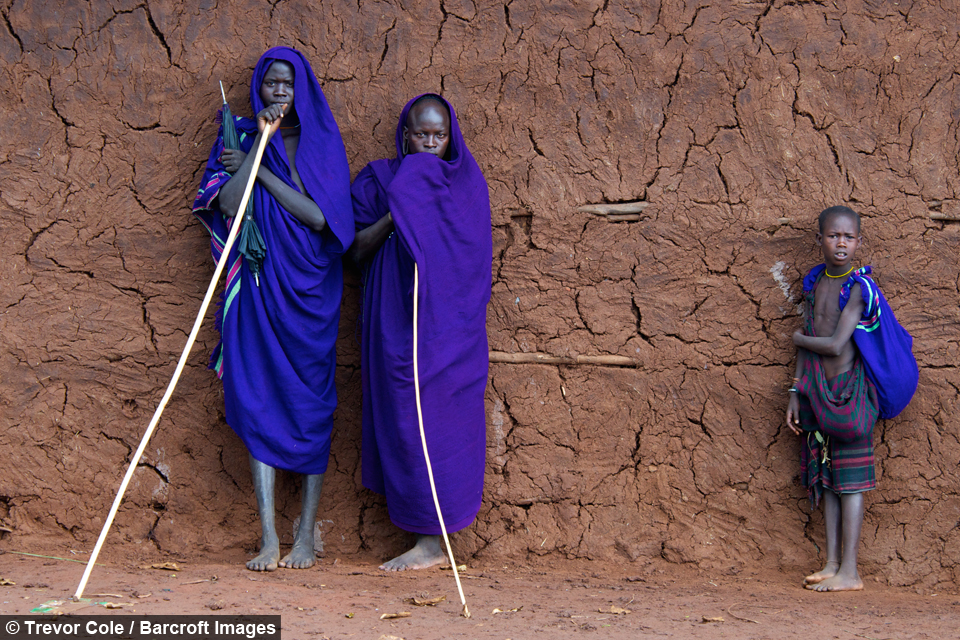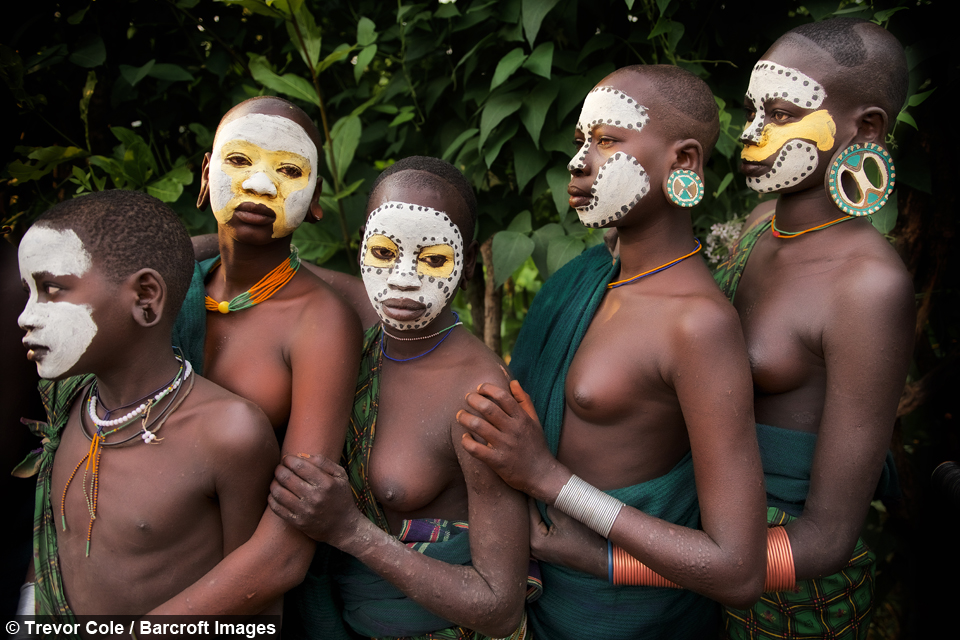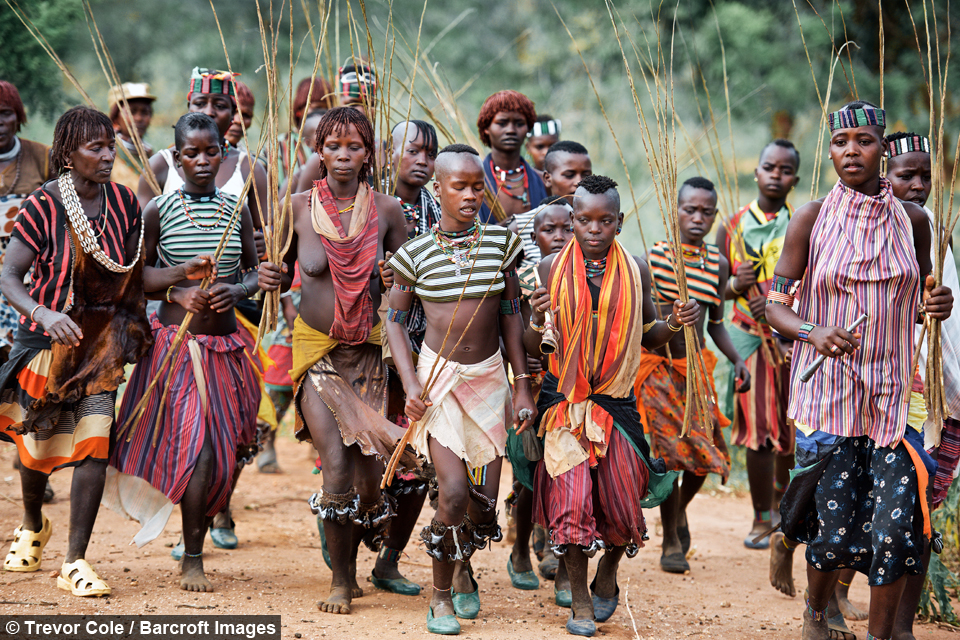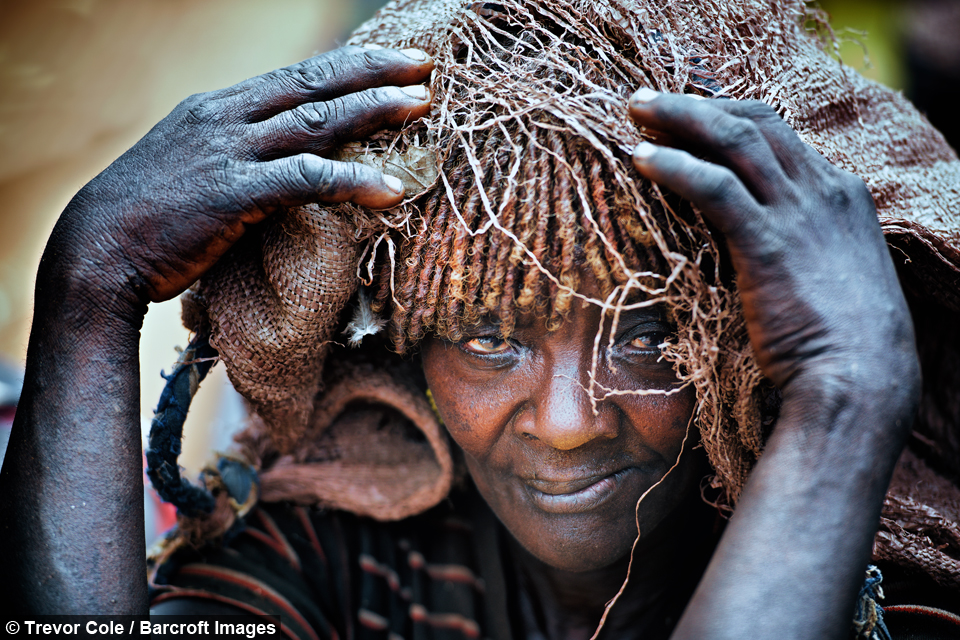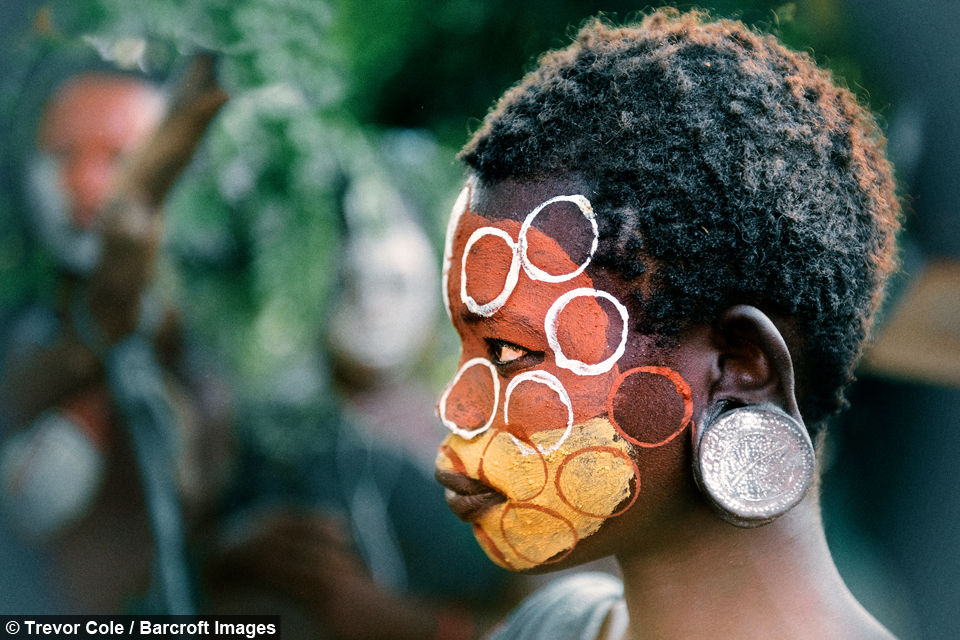Inside the Omo Valley: Embedded traditions and cultural tourism
By Hannah Stevens @hannahshewans
Scroll down for the full story
Seeking to gain insight into the tribal traditions of the Omo Valley, photographer Trevor Cole travelled to Ethiopia in January 2016 to document their culture.
More than forty tribes reside in the area and the valley is home to about 200,000 people.
The traditions of the Omo Valley tribes are deeply embedded and each tribe’s identity is vividly clear, even to outsiders.
Trevor said: “The tribes have many similarities but they also have distinctive differences.
“Young men of the Hamar tribe, for example, have to jump a number of bulls to ‘come of age’, while the Suri and Mursi tribes compete through stick fighting.
“Many of the tribes take pride in their appearance. The women of the Mursi and Suri have very distinctive lip plates and several tribes use butter and ochre on their hair as a form of adornment.”
The Hamar, Kara, Morsi and Suri tribes all use distinctive paint made from clay to paint their bodies.
Trevor added: “They paint themselves as a form of camouflage when hunting, or as decoration at special ceremonies, festivals and when outsiders visit.
“They also wear very distinctive beads and jewellery made from recycled materials – batteries, watch chains, bottle tops.”
Due to the development of new road networks and telecommunication networks, the area has become more accessible to the outside world and globalisation has made its mark on the Omo Valley.
Trevor said: “The Omo Valley is one of the best locations on Earth to see indigenous people live as they have done for millennia.
“Although these ancient cultures are now affected by globalisation, many tribesmen and women remain resolute in being the change that they wish to see in themselves.
“The area is still remote but more accessible than it was a decade ago due to new road networks and the development of telecommunication networks.”
There are concerns that the area will be reduced to tourist fodder, consequently Trevor advocates using experienced local guides.
He said: “In Ethiopia a very experienced local guide is always necessary and it is important to be sensitive to the impacts that tourism can have.
“Visits should be sustainable and not promote a human zoo.
“The tribes are almost all pastoralists and are, to some extent, nomadic so tourism brings them a little extra income although in some cases the income is used to buy alcohol or even weapons.”
The Ireland-born photographer promotes sustainable tourism in the area and runs photo tours through the valley.
He said: “Here the precedent of paying villages and, or, individuals is almost universal. This was something the tour companies seem to have instigated decades ago when tourism was in its infancy.
“I am sensitive to the impacts that tourism can cause, hence, I will always try to make my visit sustainable and not promote ‘zoofication!’”
For information about Trevor’s photo tours, visit www.epicphototours.com/tribes-of-the-omo-valley---jan-5-2017--jan-17-2017.html


